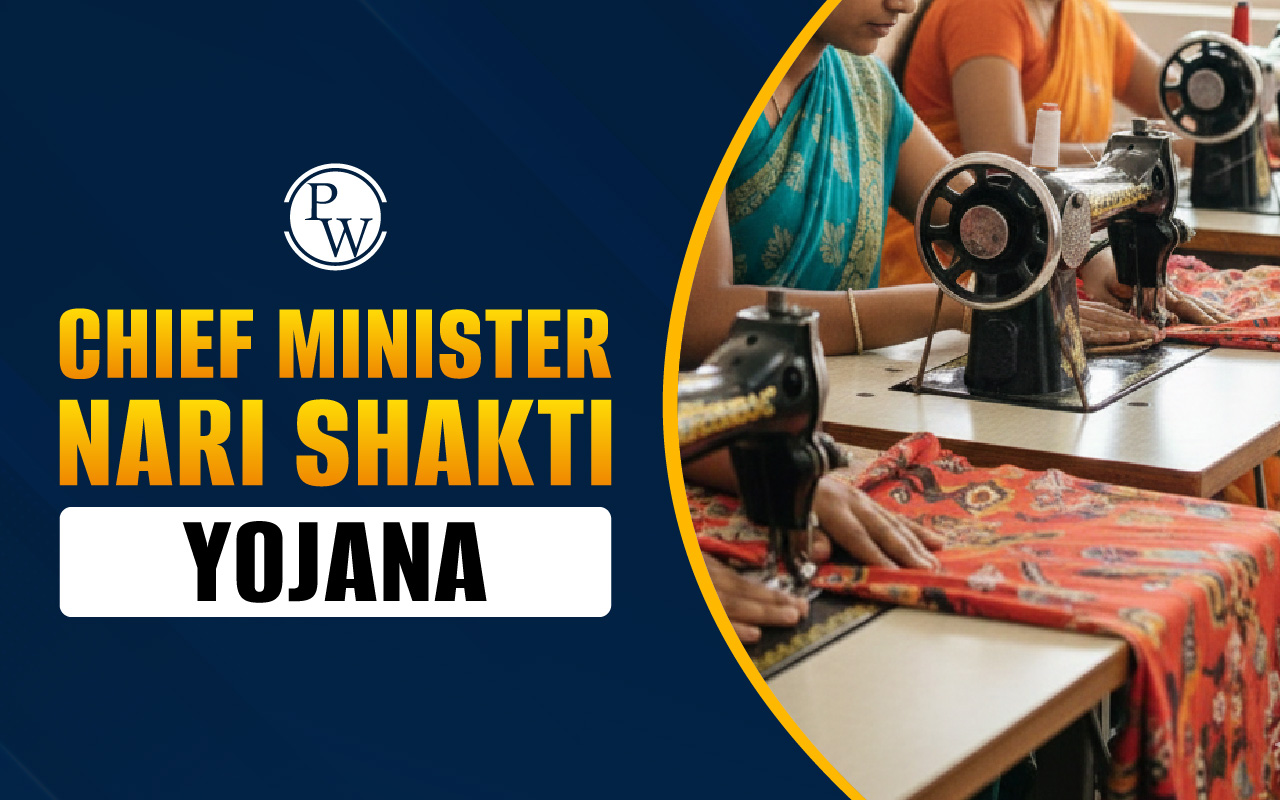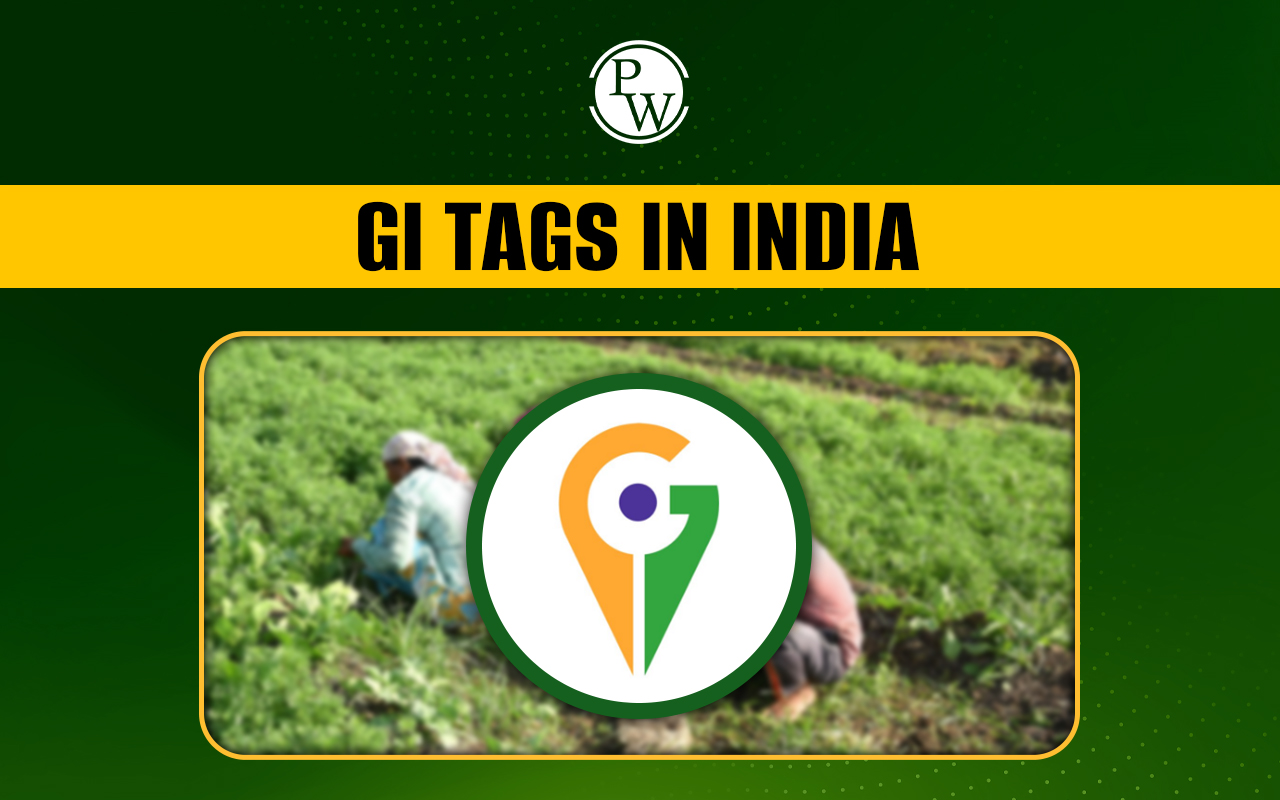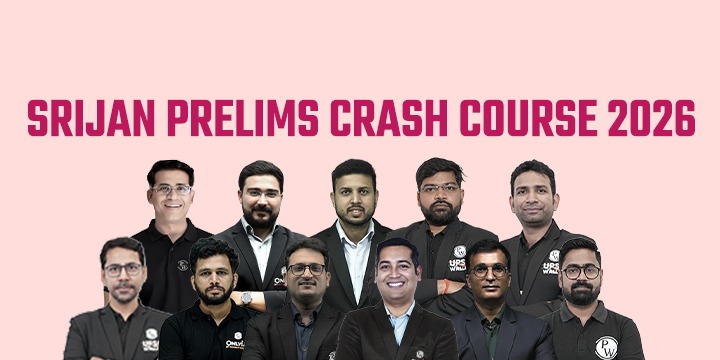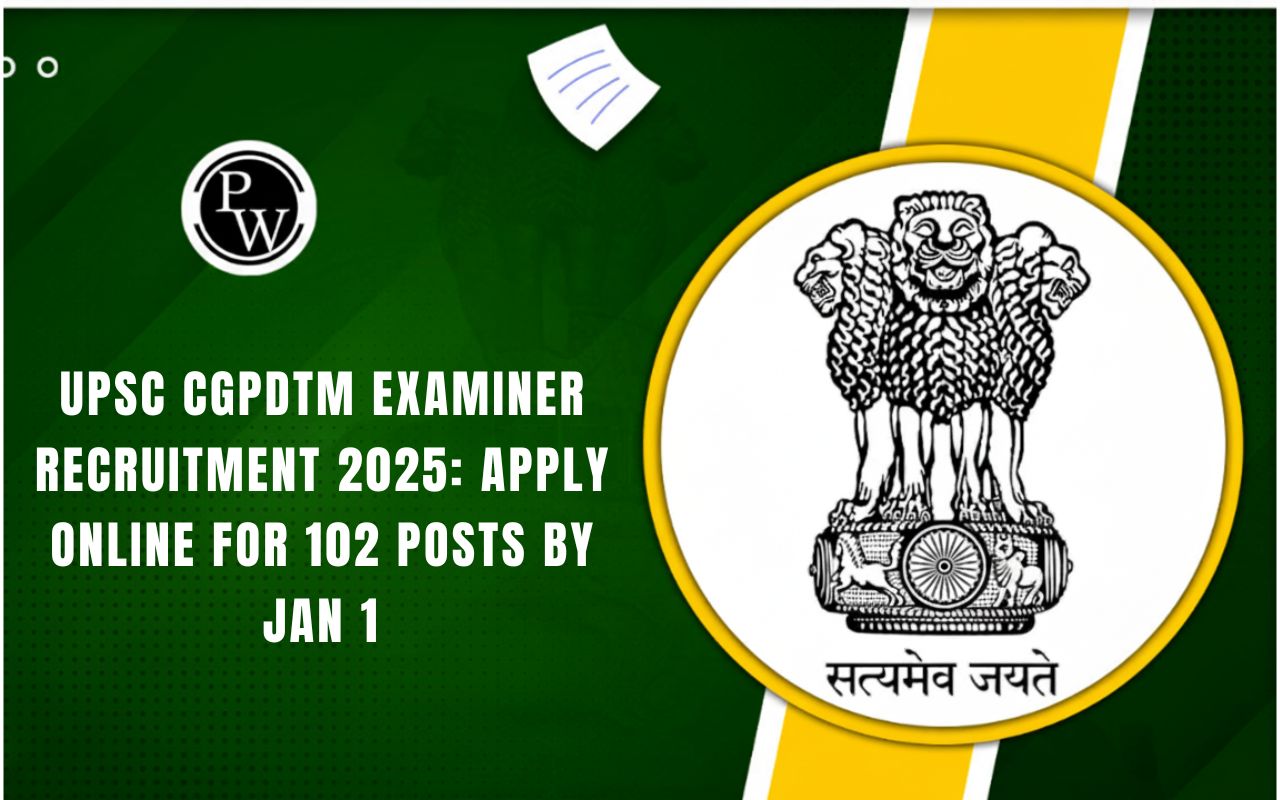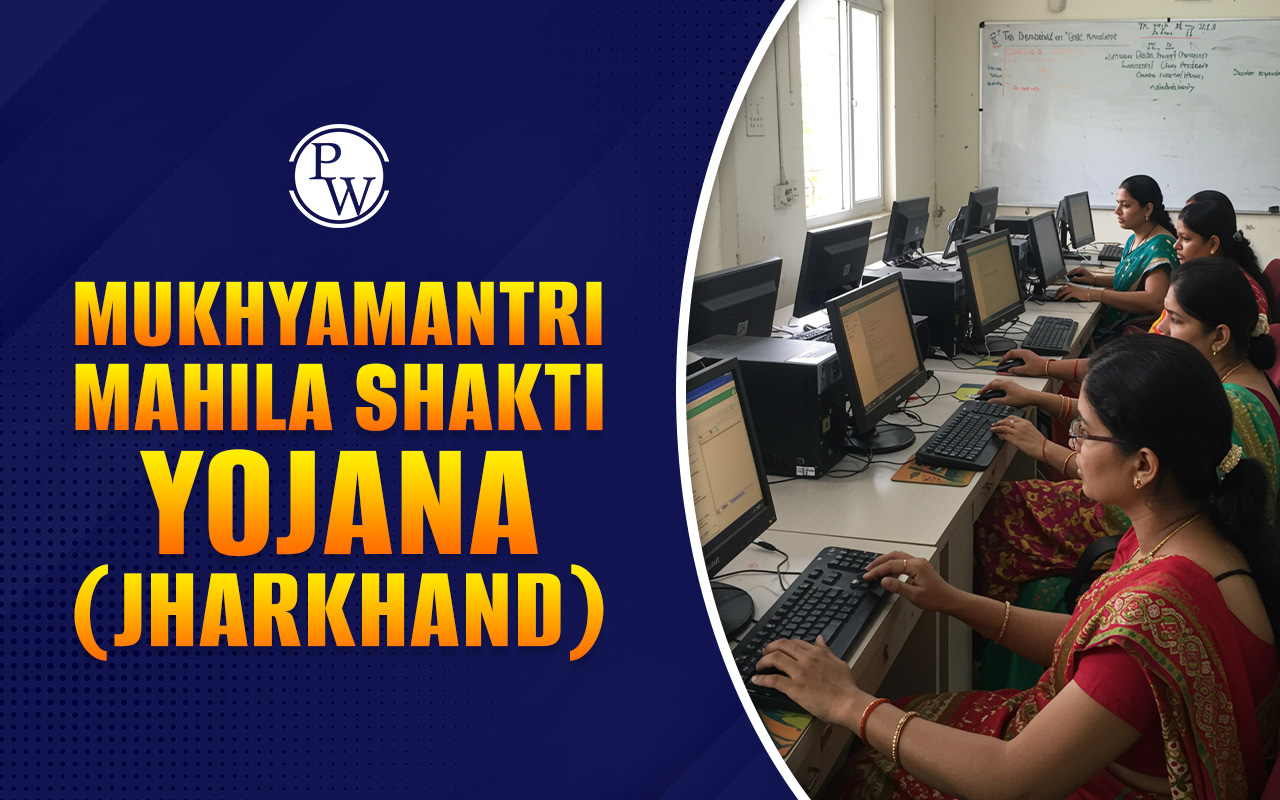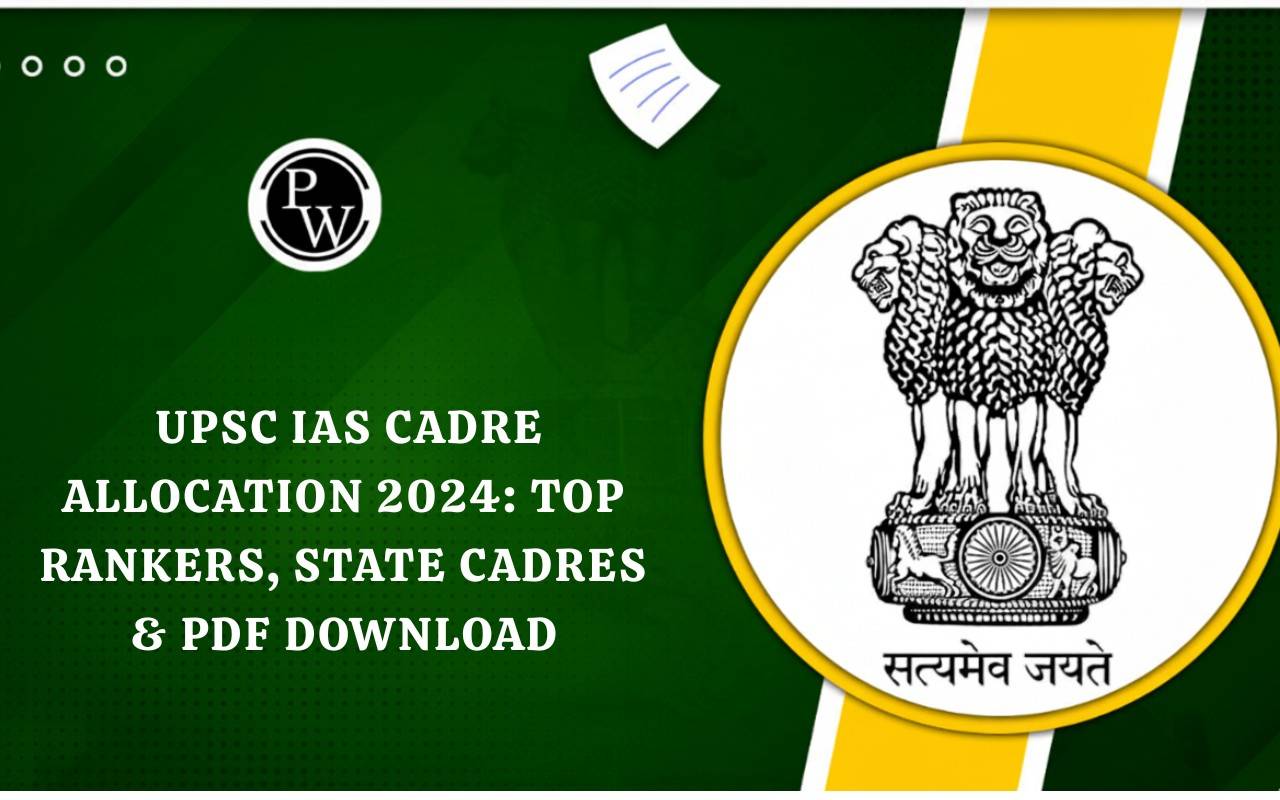
Sangam Literature refers to the earliest known body of Tamil literature, composed between circa 300 BCE and 300 CE, with some portions possibly extending up to 600 CE. It is named after the "Sangams," meaning literary academies or assemblies that were held in Madurai, ancient Tamil Nadu. Sangam Literature is one of the richest sources of ancient Tamil history and culture. Explore the meaning, history, features, and major works of Sangam Literature.
What Is Sangam Literature?
Sangam Literature is the earliest body of Tamil literature that was composed roughly between 300 BCE and 300 CE. It was created in ancient South India during the Sangam Age. The term Sangam refers to the gathering of Tamil poets and scholars who wrote and discussed poetry in literary academies.
These literary works reflect the social, political, and cultural life of ancient Tamil society. The poems were written in classical Tamil and preserved orally before being compiled in later centuries. Sangam texts cover a wide range of topics like love (Akam), war and public life (Puram), morals, values, bravery, and the ideal behaviour of kings and citizens.
Sangam Literature is secular and gives more importance to real-life experiences rather than religious or mythical tales. This makes it one of the most genuine sources for understanding early Dravidian life.
History of the Sangam Age
The Sangam age refers to a period in ancient Tamil history when literary gatherings were held to produce poetry and prose. Historians believe that there were three Sangams or literary assemblies held at different times in ancient Tamilakam, which included present-day Tamil Nadu, Kerala, parts of Andhra Pradesh, and Karnataka:
The three Sangams (Muchchangams) were:
-
First Sangam: Believed to be held in Madurai, attended by gods and legendary sages. No literary works from this period have survived.
-
Second Sangam: Also held in Madurai, but only a few fragments (Tolkappiyam) from this period are available.
-
Third Sangam: This is the most important and well-documented phase. It produced almost all the surviving Sangam Literature.
This period flourished under the patronage of the Cheras, Cholas, and Pandyas, the three major Tamil dynasties of that time. These rulers encouraged art, learning, and poetry. The poets and scholars who composed Sangam texts came from all walks of life, such as men, women, kings, merchants, and even hunters.
The Sangam Age saw the rise of urban settlements, trade links with the Roman Empire, and well-organised political structures, and therefore provides crucial information about that era.
Key Features of Sangam Literature
Sangam Literature is known for its unique style, realistic approach, and richness in themes. Here are some of its main features:
-
Secular Content: Unlike other ancient literature, Sangam texts mostly focus on real-life issues with only occasional mentions of Hindu gods.
-
Themes: The literature is broadly divided into two thematic categories
-
Aham (Interior): Poems dealing with personal emotions, love, and relationships.
-
Puram (Exterior): Poems focusing on heroism, ethics, social life, warfare, and public virtues
-
Classification by Landscape (Tinai): Poems are further classified into five minor genres based on natural landscapes and associated moods:
-
Kurinji (mountains)
-
Mullai (forests)
-
Marutam (riverine agricultural land)
-
Neytal (coastal regions)
-
Palai (arid regions)
-
Use of Nature Imagery: Natural elements like rivers, hills, forests, and seasons are used symbolically to reflect human emotions.
-
Ethical Values: Promotes ideals like bravery, loyalty, honesty, and the importance of family and society.
-
Multiple Authors: Written by over 400 poets, including women like Avvaiyar, who contributed significantly to Tamil literature.
-
Short Poetic Structure: Most poems are short, lyrical, and rich in emotional depth.
-
Descriptive Tone: Offers vivid descriptions of landscapes, wars, trade, and daily life.
-
Historical and Political Insights: Provides a reliable source for understanding the governance, economy, and foreign relations of ancient Tamilakam during rule of three Tamil dynasties (Cheras, Cholas, and Pandyas).
Important Works in Sangam Literature
Sangam Literature is divided into two major groups: Ettuthogai (Eight Anthologies) and Pattuppāṭṭu (Ten Idylls). Here are some of the most famous works:
1. Ettuthogai (Eight Anthologies)
This collection includes short poems on a wide range of topics:
-
Kurunthogai: Love poems expressing personal emotions.
-
Akananuru: Focuses on romantic themes.
-
Purananuru: Deals with war, bravery, and kingship.
-
Ainkurunuru: Group of 500 love poems.
-
Natrinai: Love-themed poetry.
-
Paripadal: Contains songs on gods and festivals.
-
Kalittogai: Poems written in the kali metre.
-
Pathitrupathu: Describes the Chera kings and their exploits.
2. Pattuppāṭṭu (Ten Idylls)
These are longer narrative poems that praise kings and describe wars and society.
-
Thirumurugatrupadai: Devotional poem dedicated to Lord Murugan.
-
Madurai Kanchi: Gives a detailed description of the city of Madurai.
-
Nedunalvadai: Describes the emotions of a waiting woman during war.
-
Perumpanarruppatai: Guide poem for bards and singers seeking royal patronage.
3. Grammar and Epics:
-
Tolkappiyam by Tolkappiyar: The oldest extant Tamil work, covering grammar, poetics, and social life.
-
Epics: Two major Tamil epics linked to the Sangam tradition:
-
-
Silappathikaram by Ilango Adigal
-
Manimekalai by Sittalai Sattanar
-
These epics blend the Sangam poetic tradition with religious and ethical themes
-
Pathinenkilkanakku (Eighteen Lesser Texts): A collection of 18 ethical and moral poems mostly from the post-Sangam period (100–500 CE). The most famous among these is the Thirukkural by Thiruvalluvar, composed of 1330 couplets on ethics, polity, and love.
Major Insights from the Sangam Literature
Sangam Literature offers a window into the ancient Tamil world. Here are some important insights from that era:
-
Social Life: Society was divided into various classes. Both men and women had active roles. Widows could remarry, and education was respected.
-
Economic Activity: Agriculture was the main occupation. Trade with Rome and Southeast Asia was common. Inland and port towns thrived.
-
Political Structure: Kings ruled over regions with the help of ministers and armies. Local governance was strong.
-
Religious Beliefs: Worship of Murugan, Mayon (Vishnu), and other folk gods. Devotion was seen, but literature was mostly secular.
-
Role of Women: Women poets and warriors were respected. Women participated in cultural and social activities.
-
Other Information: Sangam texts give rare information about cattle raids, hero stones (Nadukal), ancient ports like Puhar, and customs like sati and war compensation.
|
Sangam Literature UPSC PYQs UPSC Prelims 2022: Which one of the following statements about Sangam literature in ancient South India is correct? a) Sangam poems are devoid of any reference to material culture. b) The social classification of Varna was known to Sangam poets. c) Sangam poems have no reference to warrior ethic. d) Sangam literature refers to magical forces as irrational. Answer: (B) |
In summary, Sangam Literature is a jewel of ancient Indian culture. It gives a clear picture of life in Tamilakam more than 2,000 years ago.
Want to dive deeper into Indian history for UPSC? Join PW UPSC Courses and get guidance, curated materials, and daily support to crack the exam!
Sangam Literature FAQs
What is Sangam literature?
What is the meaning of Sangam literature?
What are some examples of Sangam literature?
What language was the Sangam literature originally written in?
What are the two themes of Sangam poetry?

UPSC Coaching

